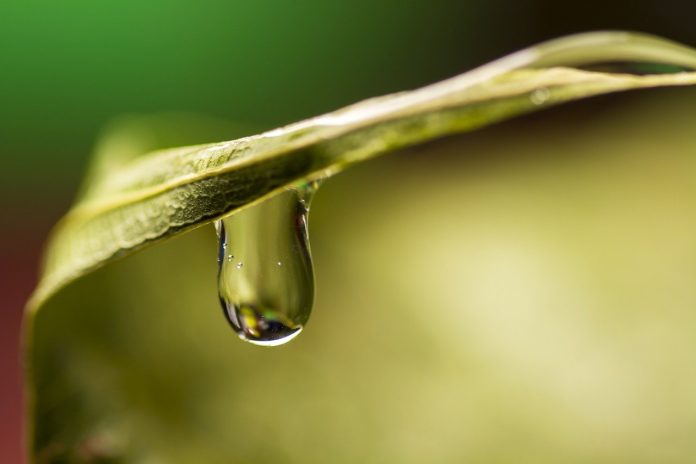Have you ever gone to the refrigerator and longed for that nice cold, drink of milk? Only to have the milk jug empty or just a teaser of a shot there? And you think to yourself … who did this? Why didn’t someone replace the milk or go buy some more? At least let the shopper in the house know, “Hey, we are almost out of milk!”
Now imagine if you had the water in your house trickle out, almost gone, and there was no warning, no one there to say, “Hey, the well has gone dry! We don’t have water coming out of our faucet!”
I know this seems unimaginable, but for the unlucky in parts of our world, clean, healthy drinking water is scarce or limited. And the odds are most of us go about our daily lives without a thought about this precious lifesaving resource, or care for how we can conserve it or make things better.
Water resources
“Out of sight, out of mind” is probably why we don’t think much about our water resources. Yes, 97% of the water on our beautiful planet is salt water, and just a mere 3% of it is freshwater. And of all that freshwater, about 70% of it is frozen in the polar ice caps and glaciers.
Of the fresh water on Earth, about 29% of it is underground, otherwise known as groundwater, and 1% accounts for all of the streams, lakes and wetlands, on the surface. Basically, most of the freshwater that we drink, is beneath us, out of sight.
We don’t think about the well water or pump that is taking up water from the ground to our house. We don’t think about the water as we take a shower, use the sink, make our coffee or water our animals. We just use it. It is estimated, on average, each person uses about 80-100 gallons of water per day, for indoor home uses.
That does not include a farm operation water usage and consumption. Animals and crop irrigation would increase water usage substantially. So, that is the issue at hand. In the U.S., groundwater is the source of drinking water for about 50% of the total population, and virtually all of the rural population.
There are other sources, such as rivers and lakes, that people use to obtain their drinking water, but either way, we need to pay attention to the rate at which we take it away, the rate at which Mother Nature replaces it, and how we can help in that process. That process includes clean water that is free of contamination and pollutants.
Action
So, again, it goes back to the milk jug in the refrigerator. We might not be able to see it, but it’s time to do something! Just because we live where we are blessed with water resources and it may be soggy and wet outside doesn’t mean we shouldn’t be thinking of how we can improve our water supply or quality of water.
Not long ago, I got a phone call from a friend, a retired Ohio State University Extension agent whom I very much admire. He was concerned about groundwater recharge, contamination of our water resources and public awareness and education. We agreed people can do little things to make a difference.
Recharge
Groundwater can be depleted when natural vegetation in communities is replaced with impervious surfaces (hard surfaces like streets, parking lots and rooftops).
When a storm event occurs, water falls on these hard surfaces and is carried away into city storm drains or water bodies as stormwater runoff instead of infiltrating the ground. Installing rain gardens, permeable pavers and allowing water to collect and infiltrate in ditches, rather than installing pipes or covering a ditch, are better options.
Another key is clean, open ground, and appreciation of our wetlands, as it is an important part of the recharge process. The use of best management practices such as field buffers, proper handling of chemicals, and the upkeep of storage tanks/barrels, and septic tank maintenance are protective actions to prevent potential groundwater or surface water contamination.
Finally, many U.S. regions have overstressed aquifers as groundwater demands have increased and led to excessive withdrawals, so knowing and addressing water conservation in your homestead can always help. If you feel you want to help others around the world, reach out to thewaterproject.org and ryanswell.ca.
For more information about groundwater, visit groundwater.org and ngwa.org. Have a very happy 2022, and perhaps you will appreciate the snow, rain, sleet and precipitation a bit more.













